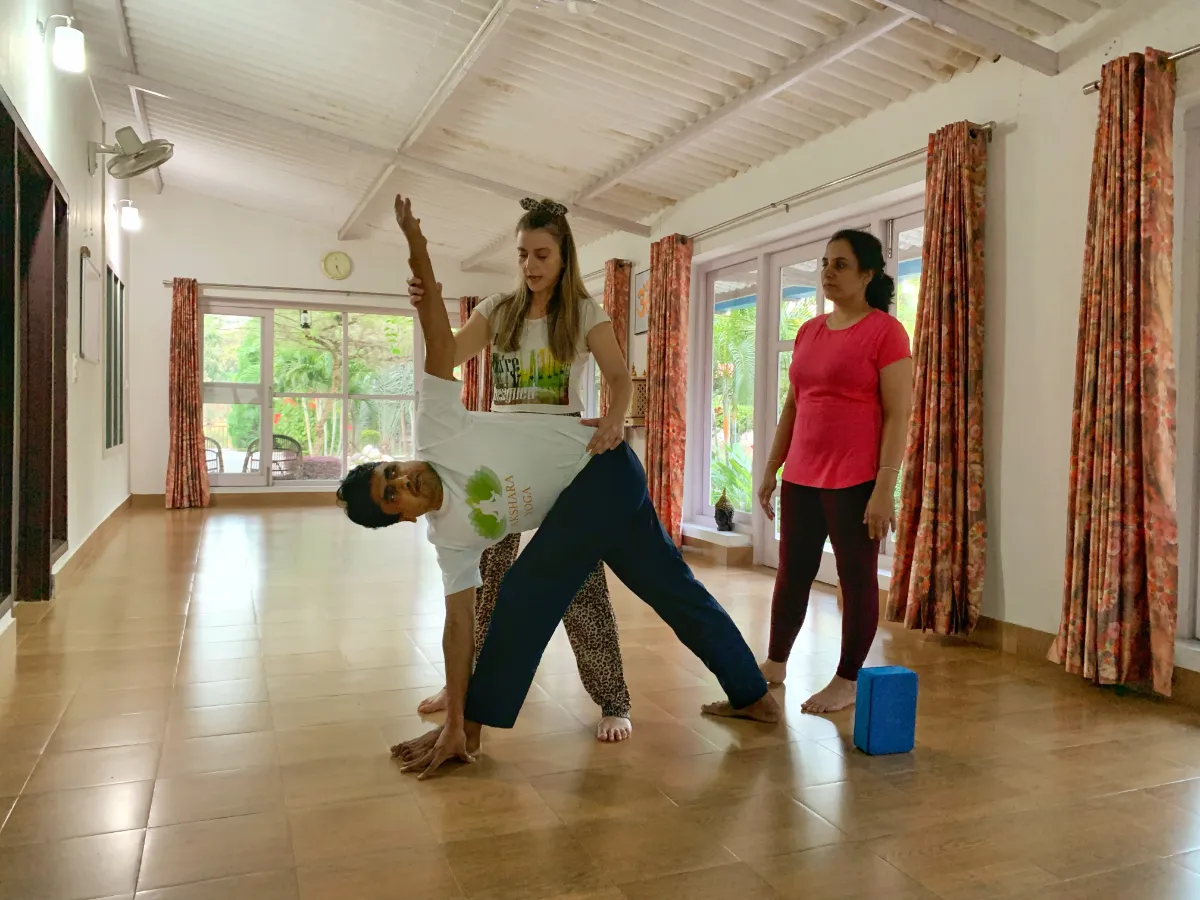Importance of Inverted Asanas in Your Personal Yoga Plan
Asana is one of the most widely practiced aspects of yoga and serves as a practical entry point for integrating yoga into daily life. Creating a personalized yoga plan can feel overwhelming, but one element that should not be overlooked is the inclusion of inverted postures. These upside-down poses offer unique physiological and psychological benefits that support overall health and well-being.
Here are some key reasons to include inverted asanas in your practice:
1. The Power of Gravity
In inverted postures, the usual effects of gravity are reversed, producing profound effects on the body:
- Enhanced brain circulation: Increased blood flow to the brain revitalizes both mind and body.
- Cardiac relief: Venous blood returns more easily to the heart, reducing its workload.
- Spinal relief: The spine experiences decompression from the constant pressure of upright posture, offering relief and promoting spinal health.
2. Psychological Impact
Asana involves consciously placing the body into specific positions to explore different states of awareness. Inversions like Śīrṣāsana (Headstand) challenge habitual patterns—literally and symbolically turning your world upside down. They help shift perception and open up new dimensions of consciousness.
3. Breath Regulation
Inverted asanas naturally deepen the breath and promote efficient respiration.
For example, Sarvāṅgāsana (Shoulder Stand) encourages abdominal breathing, improving oxygen exchange, massaging the internal organs, and reducing stress.
4. Mental Focus and Clarity
Like all balancing poses, inversions demand full mental presence. They sharpen concentration, still the fluctuations of the mind, and refine awareness. This heightened focus becomes a foundation for deeper meditation.
5. Energizing and Calming Effects
Improved blood circulation to the brain region not only increases physical vitality but also soothes the nervous system. Inversions simultaneously rejuvenate the body and induce a profound sense of inner calm.
Caution and Contraindications
Despite their benefits, inverted postures must be approached with care. They should be avoided in the following conditions:
- High blood pressure
- Heart disease
- Slipped disc
- During menstruation
Always learn and practice these postures under the guidance of a qualified teacher, especially if you’re new to yoga or managing health conditions.
Conclusion
Inverted asanas are powerful tools in any yoga journey. When included thoughtfully and practiced with awareness, they bring a balance of energy, focus, and inner transformation that enriches both body and mind.




